Author: Stacy Muur Source: Stacy in Dataland Translation: Shan Ouba, Golden Finance
In the past few weeks, memecoins have overshadowed all other Web3 narratives, making ordinary users feel that the meme train is the only way to get a good return.
After the launch of $PNUT, $PEPE, $BONK, $BRETT and a few other currencies, it is no surprise that they have received attention as the popularity of the "meme" category has increased with the daily trading volume of memecoin reaching the highest level.
But are the risks equal to the rewards? How serious is the hype in the memecoin market?
The current situation of Memecoin
Is Meme really the hot topic of the year?
If you find someone who has been involved in the Web3 market for at least five years and ask them to define 2024 as “the year,” they’ll probably say it’s the year of memecoin.
Many have hailed memecoin as the best performing coin of the year, and charts and rankings support that view. But does that really reflect reality?
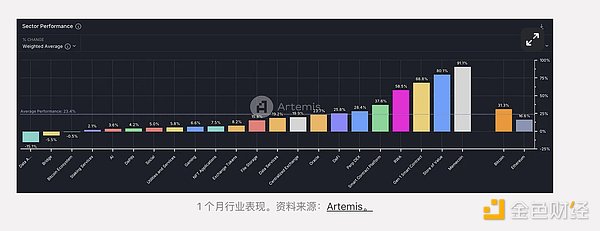
If you analyze the industry’s performance so far this year, the data may tell a different story. For example, on Artemis, the RWA Index (Ondo, Mantra, Clearpool, and Maple) leads with a 1,900% growth rate, while memecoins are up 258% and Bitcoin is up 104%.
Also, it’s important to understand which memecoins are being considered. On Artemis, the memecoin index currently tracks only the 19 largest memecoins.

Category rankings on CoinGecko face another problem: many memes belong to multiple categories, so a few strong winners can significantly improve the 7-day performance of multiple categories at the same time.
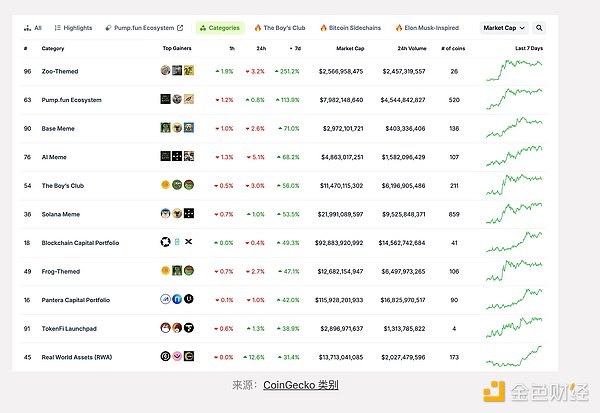
Using the Pump.fun ecosystem, which tracks 520 tokens, as an example, I can understand why I think this is a problem. As the second largest gainer of the week, it looks very bullish and has triggered a strong FOMO sentiment.
However, when you look at the rankings, you will find that less than 20 tokens have a 7-day gain of more than 110% (the average for the category), which converts to a percentage of only 3.8%. In addition, less than 60 tokens (11.5%) have a positive weekly gain.
It’s not WAGMI anymore, is it?
The main problem with memecoins from a performance tracking perspective is that their sector performance is often measured by the largest or most popular asset in the category. This creates the false impression that memecoins are outperforming all other Web3 sectors. However, it is more accurate to say that the leading memecoins are outperforming the rest of the category.
This brings us to an important point: distinguishing between existing memecoins and new memecoins, as they represent two entirely different markets.
New memecoins
CoinGecko currently tracks 520 memecoins on its Pump.fun dashboard. Since Pump launched, 3 million tokens have been created.
This means that 99.982% of tokens are untrackable on CoinGecko, so we have no idea how they are performing.
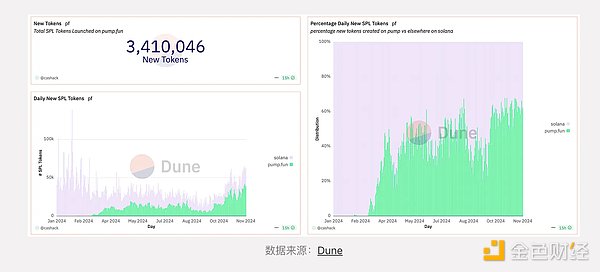
At the same time, Pump attracts 50,000 to 70,000 new users every day, and the total number of active users currently exceeds 150,000.

Here is additional context from research I conducted in late August:
Most of the top PNL addresses are token deployers
Only 3% of all traders on Pumpdotfun made more than $1000
0.8% made more than $10k
Over 60% of them are losing money
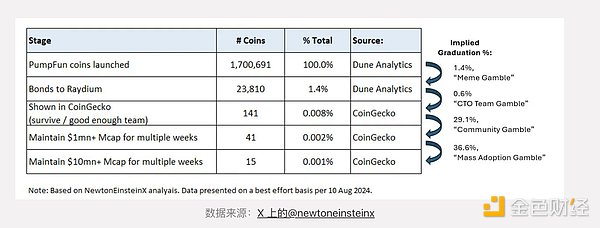
These are new memecoins. Not a good choice, right?
For the average new memecoin trader, the main problem is that there is no way to differentiate between a "new" and an "established" memecoin. Most new traders chase early protocols, hoping to copy the success story of the 0.001% that managed to achieve mass adoption - similar to $PEPE or $BONK.
Hate to disappoint you, but the odds of dying after being struck by lightning are higher: 0.011%.
Establishing a memecoin
The outlook is much brighter for established memecoins. They did not achieve a certain market cap because of VC backing or specific valuation factors. Instead, they succeeded because they had a community, a bit of luck, and strategic market management.
This may sound like a conspiracy theory, but I believe that most memecoins with solid market share were not launched by random developers. Behind these successes there are often professional memecoin developer teams with extensive market making and marketing resources.
To be clear, I am not saying that all popular memecoins are the result of perfectly executed plans, but this probably applies to most memecoins.
There are several logical factors that have led to mature memecoins outperforming compared to many other Web3 spaces:
100% of supply in circulation (no low circulation or high FDV)
No VC backing (eliminates additional selling pressure)
Organic active community of holders
No product risk (no bugs, poor execution or poor user acquisition)
Memecoin rotation pattern (revenue flows from one memecoin pump to another)
Strong correlation with general market cycles
Low reliance on marketing
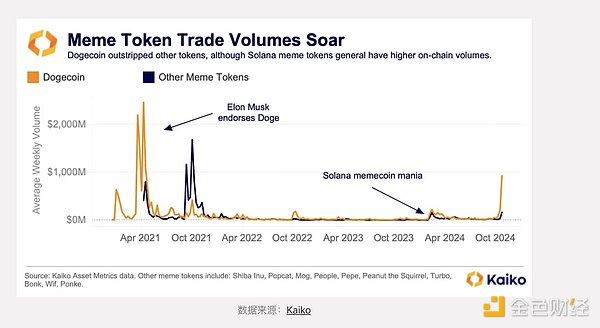
Memecoin trading is purely speculative and has become more predictable this year, forming a behavioral pattern that shifts volume and liquidity from "classic" tokens, especially considering that Web3 currently has no dominant or fresh narrative.
By the way, the liquidity of meme tokens, measured by 1% of the market depth on US exchanges, hit an all-time high of $110 million last week. Large meme tokens such as SHIB and DOGE continue to dominate, accounting for more than 70% of the total market depth.
However, their share has been gradually decreasing, indicating a growing interest in small-cap tokens.
What stage is the market at?
Currently, more than 50% of the volume on Solana comes from memecoin. On BNB, it’s closer to 45%, and on Base, it’s around 25%.
That’s too much.

However, history shows that by the time the market is busy promoting a narrative after a price move, it is usually too late.
In my opinion, the memecoin market has already reacted to Bitcoin’s rally.
As long as prices remain around $90,000, I doubt we’ll see a new surge in full-fledged memecoins — let’s call them cult coins to avoid confusion with the 3 million tokens created on Pump.fun this year.
Yet the retail industry, which has always lagged behind in popular topics, is still boarding the train, looking forward to Valhalla.
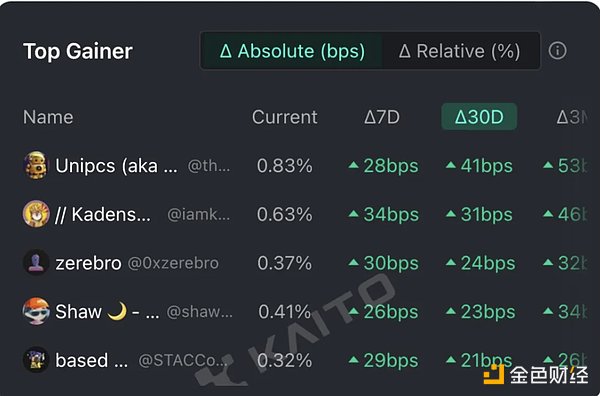
The main problem is not just that most of the recently arrived students are late; that is a common situation in all stories.
The real problem is that a large part of retailers have boarded the new memecoin train, which usually goes to Hel, not Valhalla.
As a result, new users are locked out and unable to join further. To the Web2 norm, the difference between meme coins and classic coins is minimal; they are all just ticker symbols. As a result, this poor experience extends to all verticals of Web3.
To be clear, I am not against cult coins - memecoins with a fixed market share. They have many advantages. However, I think we really need to stop using the same word on Pump.fun to describe both great things and poorly designed lotteries. Let's fix this.
Here are my final thoughts
If you are an experienced meme coin trader, continue with your strategy, but be aware that the market may be overheated.
If you are new to meme coins and have a strong sense of FOMO, consider allocating a small manageable portion of your portfolio to experiment, focusing on established popular coins.
Don't play a new game unless you know how to win. There is one very important rule: If you don't know how to win, don't play.
 Weatherly
Weatherly














